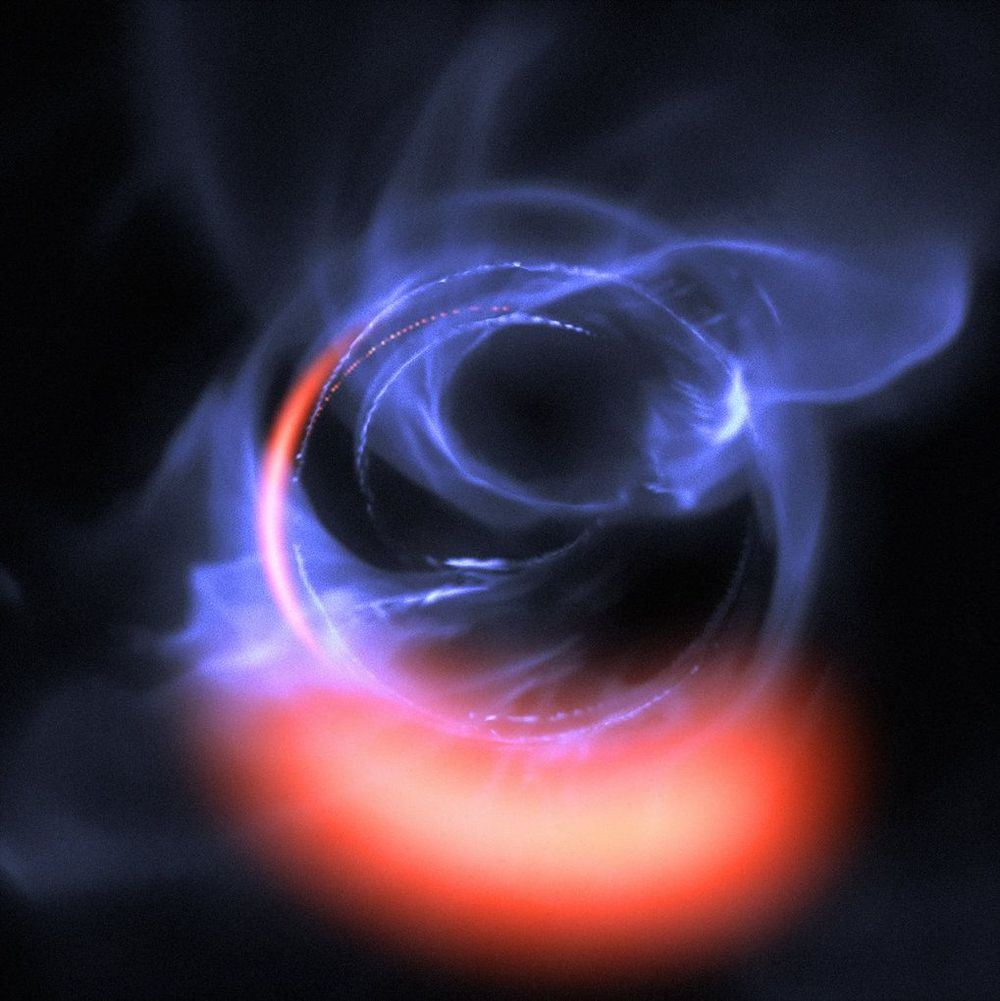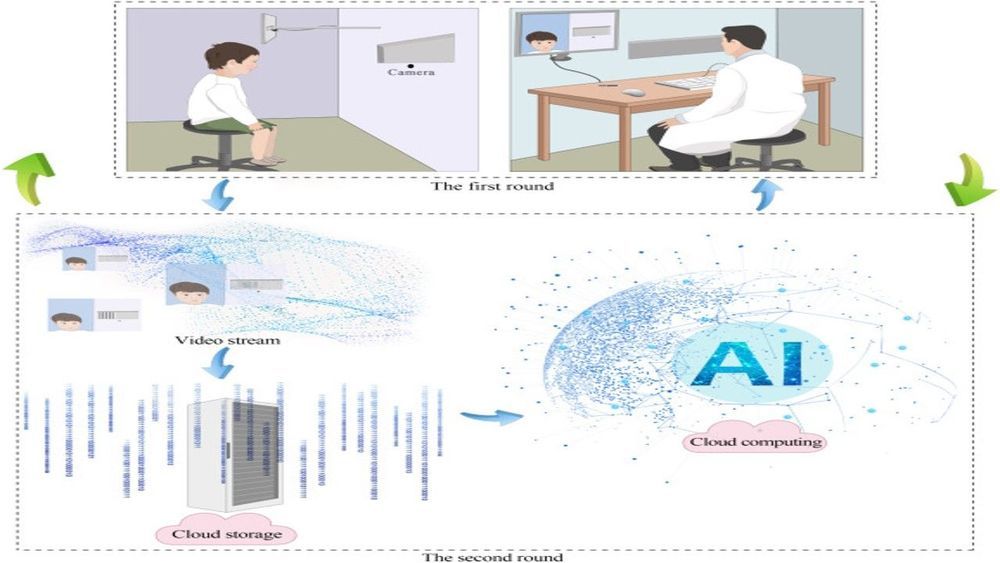Page 8010
Jan 19, 2020
LG TV Morphs From Flat Screen to Curved With Press of a Button
Posted by Shailesh Prasad in categories: computing, electronics

At CES, LG Display is showing off a 65-inch concept TV that can bend at the edges, allowing it to switch from a flat-screen display to a curved one in about five seconds. The company also put a bendable OLED on a foldable tablet/laptop.
Jan 19, 2020
Thin-film identification tags for transferring data to touchscreen devices
Posted by Saúl Morales Rodriguéz in categories: internet, mobile phones
Today, countless electronic devices have touchscreens, including smart phones, tablets and smart home appliances. Touchscreen interfaces have become some of the most common means for users to communicate with and browse through their devices.
With this in mind, a research group at imec in Belgium has recently carried out a study exploring the potential of touchscreen interfaces for enabling the simple transfer of data to and from devices connected to the internet. In a paper published in Nature Electronics, the team showed that commercial touchscreens can be used as reader interfaces for capacitive coupled data transfer using a 12-bit, thin-film identification tag powered by a battery or photovoltaic cell.
“Our field of expertise is flexible electronics for IoT and Internet of Everything applications,” Kris Myny, principal scientist at imec and one of the researchers who carried out the study, told Tech Xplore. “In this field, we look into thin-film circuits, i.e. flexible RFID tags that can be embedded in objects and communicate to RFID and/or NFC readers. Based on this, our next step was to investigate whether we could expand the number of readers.”
Jan 19, 2020
‘It’s a war between technology and a donkey’ – how AI is shaking up Hollywood
Posted by Derick Lee in categories: business, robotics/AI
The film business used to run on hunches. Now, data analytics is far more effective than humans at predicting hits and eliminating flops. Is this a brave new world – or the death knell of creativity?
Jan 19, 2020
Uber vending machines didn’t work, so now your ride is a moving billboard
Posted by Genevieve Klien in category: transportation
Cargo’s in-car vending machines sputtered out and now the Uber partner is turning ride-share drivers’ cars into mobile ads.
Jan 19, 2020
An Idea From Physics Helps AI See in Higher Dimensions
Posted by Genevieve Klien in categories: physics, robotics/AI
The laws of physics stay the same no matter one’s perspective. Now this idea is allowing computers to detect features in curved and higher-dimensional space.
Jan 19, 2020
At the edge of the galactic black hole
Posted by Genevieve Klien in categories: climatology, cosmology, physics
A team of researchers – including the Max Planck Institute for Extraterrestrial Physics in Garching – have gained astounding insights into the galactic centre: The astronomers have spotted gaseous clouds which are spinning around the assumed black hole at the heart of the Milky Way at a speed of around 30 percent of the speed of light. The gas is moving in a circular orbit outside the innermost stable path and can be identified through radiation bursts in the infrared range. This discovery was made possible by the Gravity Instrument, which combines the light of all four eight-metre mirrors of the Very Large Telescope at the European Southern Observatory (ESO). Thanks to this technology, which is called interferometry, Gravity generates the power of a virtual telescope with an effective diameter of 130 metres.
This unusually compact object sits right in the middle of the Milky Way and generates radio emissions: Astronomers call it Sagittarius A*. It is highly probable that this is a black hole with the mass of approx. four million suns. But this is by no means certain, and scientists are always devising new tests to support this thesis. Researchers have now used the Gravity Instrument to take a close look at the edges of the alleged black hole.
According to this theory, the electrons in the gas approaching the event horizon should speed up and therefore increase in brightness. The region of only a few light hours around the black hole is very chaotic, in a similar way to thunderstorms on Earth or radiation bursts on the Sun. Magnetic fields also play a part here, because the gas conducts electricity making it a plasma. The latter should ultimately show up as a flickering “hot spot” circling the black hole on the final stable path.
Jan 19, 2020
A human-in-the-loop deep learning paradigm for synergic visual evaluation in children | Article
Posted by Müslüm Yildiz in categories: biotech/medical, robotics/AI
Recently published an article on Deep Learning.
Examining the visual acuity of children who are younger than three years old is important for the early discovery of abnormal visual development, potential ophthalmic diseases, and neurological disease.
If the visual abnormal development is not diagnosed in time, later development will be affected, but performing visual examination in children is challenging due to their lack of understanding of instructions. Evaluating the visual acuity of children remains difficult since many children are unable to effectively express their understanding, especially with respect to directions (i.e., up, down, left and right). In addition, it is difficult for children to concentrate for a long time during the vision examination. The Teller visual acuity (TVA) card can be used to evaluate the visual acuity of children, but not all the operations are recorded and can be reviewed.
Jan 19, 2020
AI empowers conservation biology
Posted by Genevieve Klien in categories: biological, robotics/AI
Faced with mountains of image and audio data, researchers are turning to artificial intelligence to answer pressing ecological questions.
Jan 19, 2020
This harpoon-throwing robot is designed to hunt destructive lionfish
Posted by Genevieve Klien in category: robotics/AI

The sneaky, hungry invasives have been messing with reef ecosystems for decades—but Florida says, no more!
















